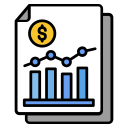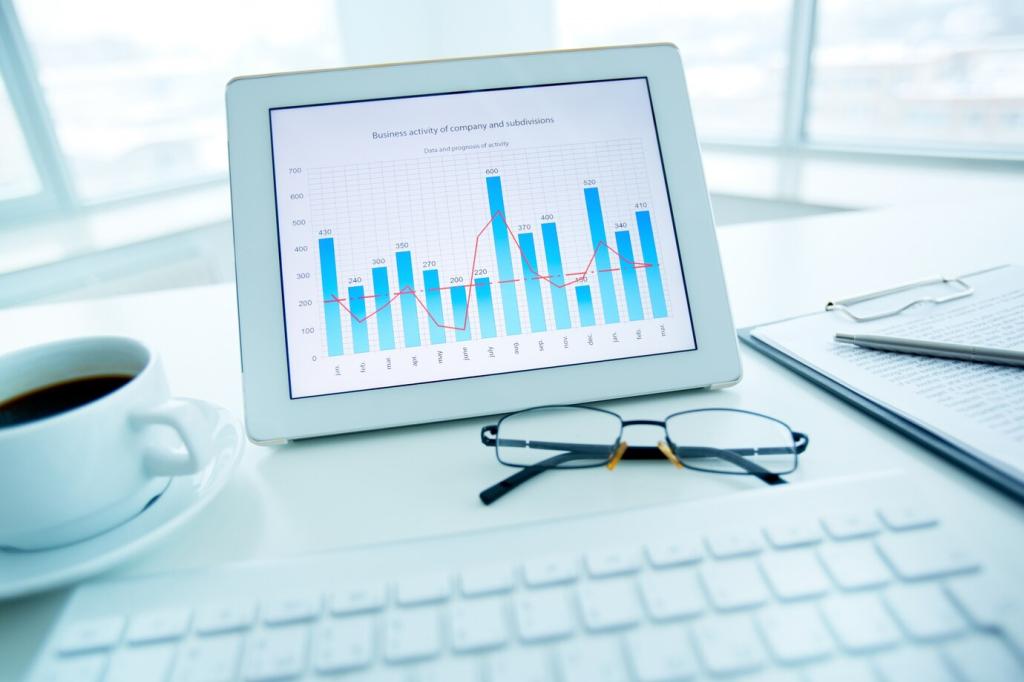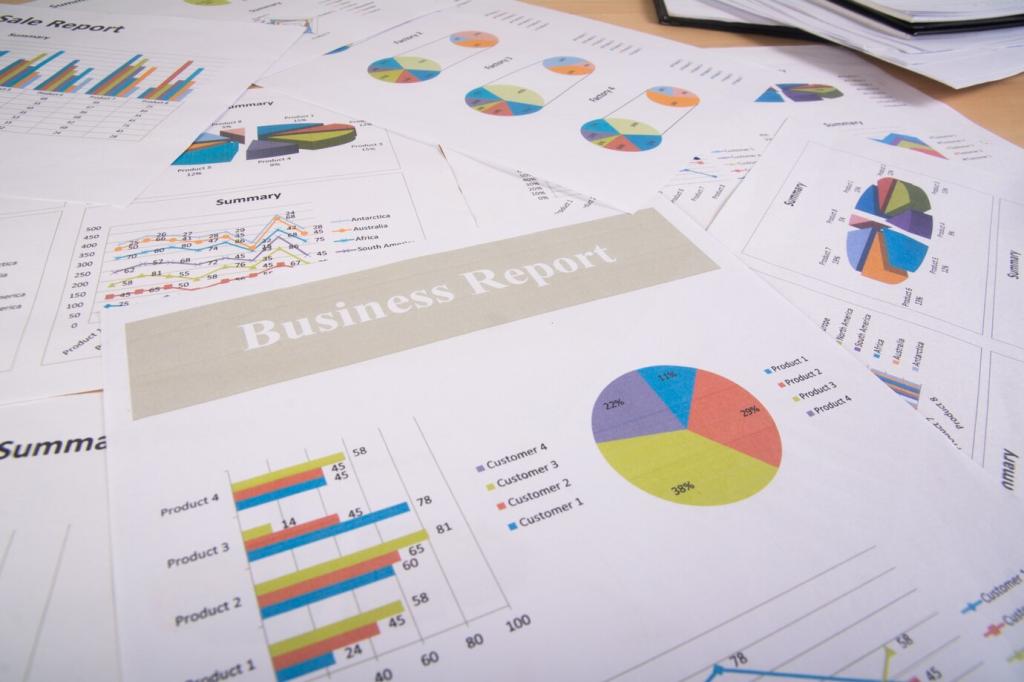Data Visualization and the Craft of Explanation
From monochrome line graphs to D3-powered scrollers, visuals matured. Readers hover, filter, and replay revisions to see uncertainty breathe. Thoughtful design clarifies base effects, seasonal quirks, and deflators. Tell us which interactive changed your mind—or saved you from a misleading first impression.
Data Visualization and the Craft of Explanation
Plain language pairs with methodological rigor: confidence intervals, survey margins, and data vintages are signposted. Reporters translate jargon into metaphors while preserving caveats. If a concept—output gaps, term premia, or Phillips curves—still feels opaque, ask. Your questions guide the next visual or glossary entry.
Data Visualization and the Craft of Explanation
A bakery’s flour bill can humanize inflation; it cannot replace the consumer basket. Strong pieces blend stories with representative data, testing whether personal experiences scale. Share an anecdote from your workplace, and we’ll stress-test it against the broader numbers in a future piece.
Data Visualization and the Craft of Explanation
Lorem ipsum dolor sit amet, consectetur adipiscing elit. Ut elit tellus, luctus nec ullamcorper mattis, pulvinar dapibus leo.




